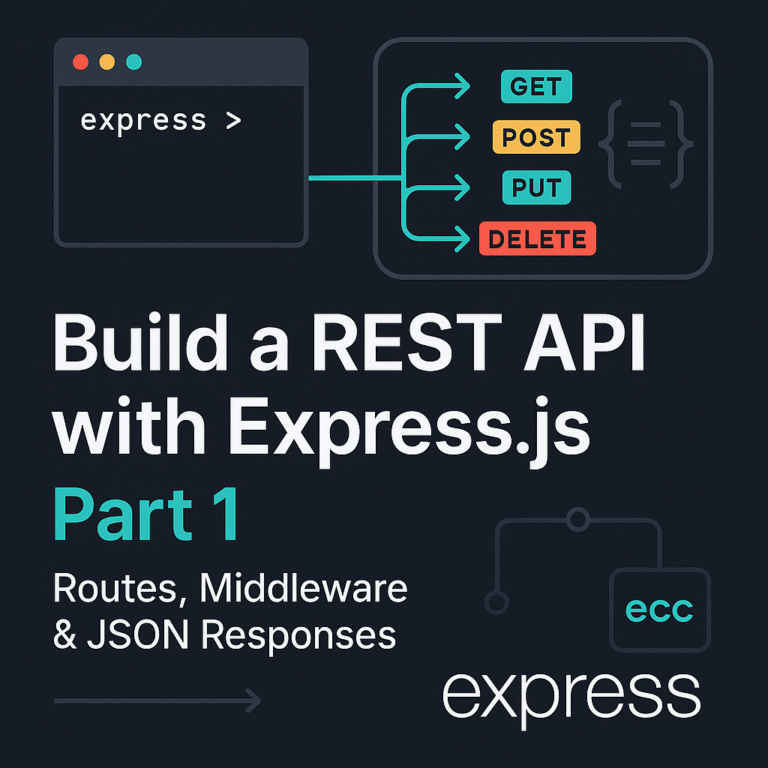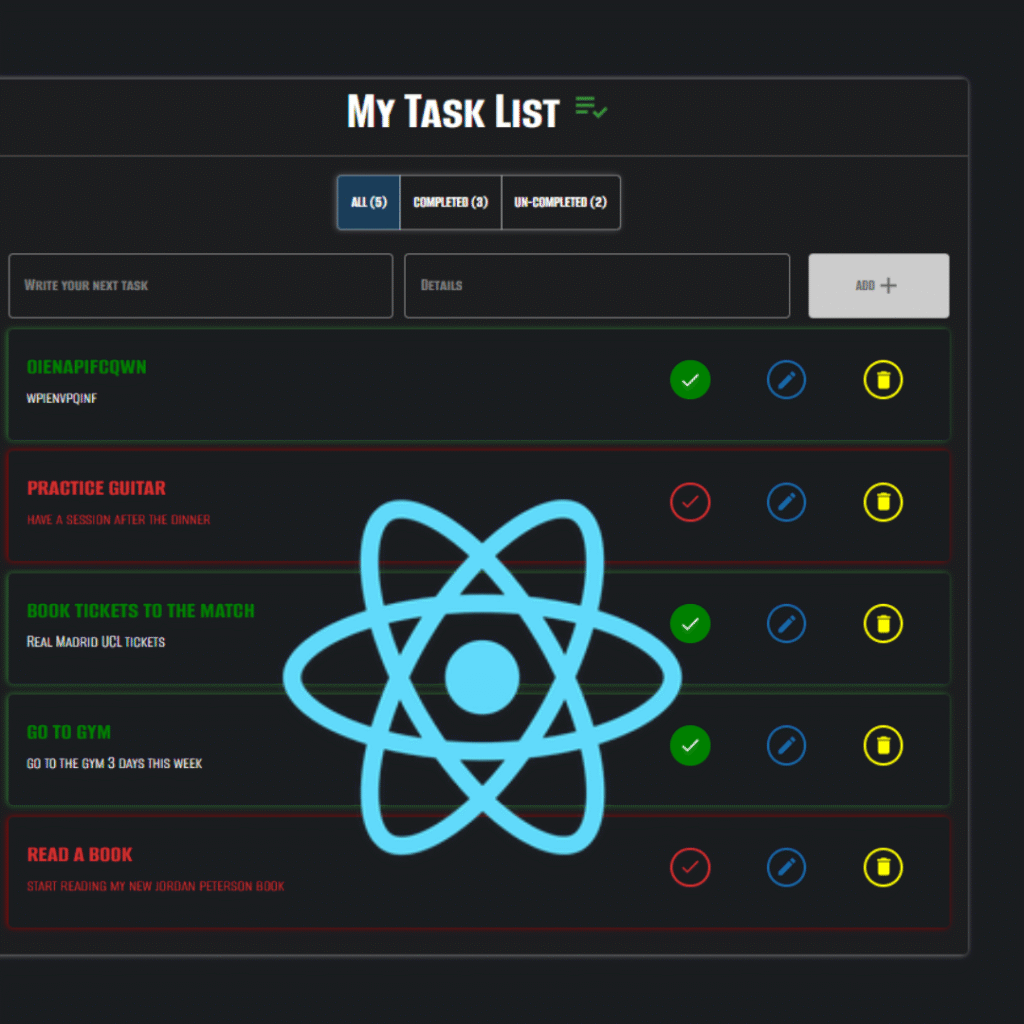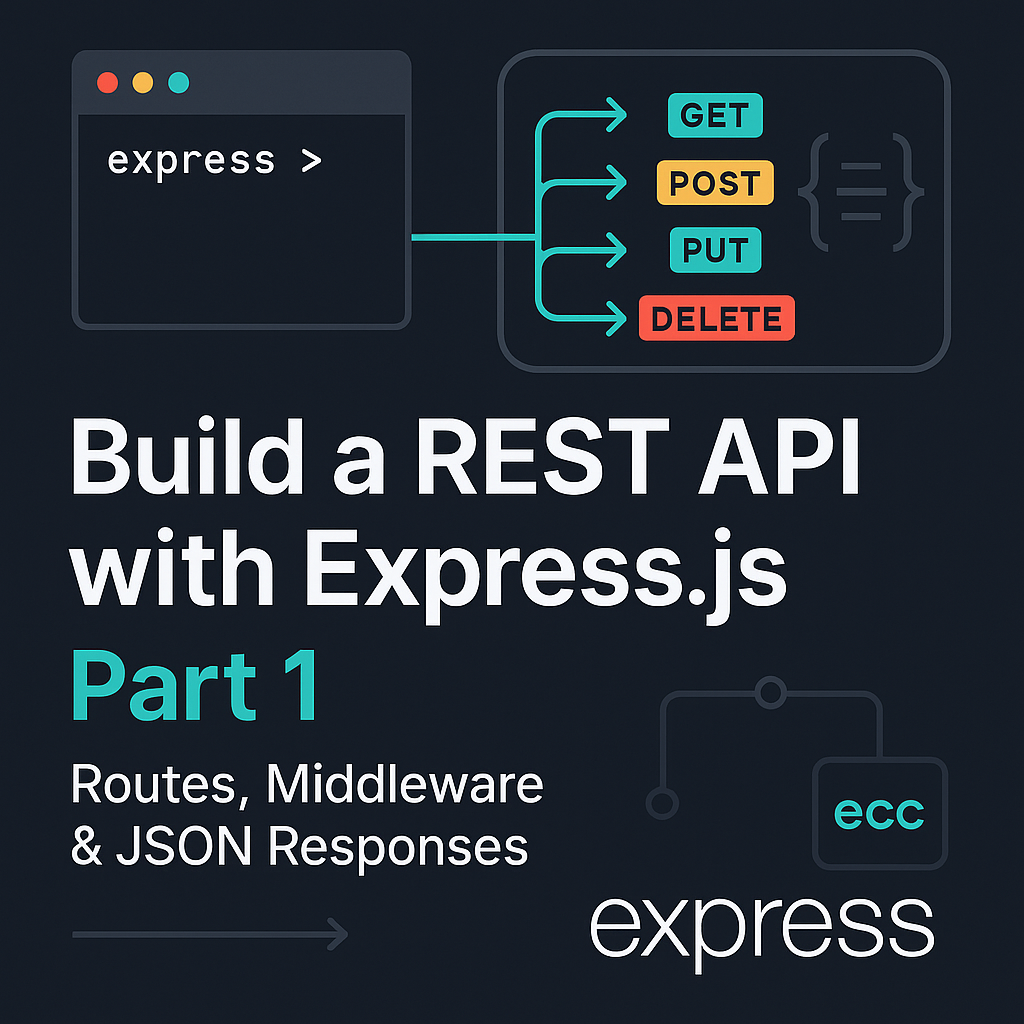1. Why Spark Architecture Matters (Even for Beginners)
Imagine you’re handed the keys to a high-performance race car. You could just press the gas pedal and hope for the best—but without understanding how the engine, transmission, and aerodynamics work together, you’ll never unlock its true potential. The same is true for Apache Spark.
At first glance, Spark seems like magic—it can process terabytes of data across hundreds of computers while making the complexity disappear behind simple Python or SQL commands. But here’s the reality: Spark isn’t magic, it’s just well-designed architecture. And understanding that architecture is what separates beginners from professionals.
Why You Should Care About Spark’s Guts
Most tutorials teach you how to use Spark, but skip the why. This creates a dangerous gap—you might write code that works on small datasets but fails spectacularly when scaled. Consider these real-world scenarios:
- Your job runs fine locally but crashes on a cluster because you overloaded the Driver
- A simple
groupByoperation takes hours because you triggered an accidental shuffle - Your cloud bill skyrockets from inefficient memory usage
These aren’t theoretical problems. They’re what happen when you treat Spark as a black box.
The Beginner’s Advantage
Here’s the good news: Spark’s architecture is beautifully logical once you see it from the right perspective. Unlike older systems (looking at you, Hadoop), Spark was designed with simplicity in mind:
- Distributed computing made approachable through intuitive APIs
- Fault tolerance built into its core design
- Optimizations that often work automatically
This means that with just a few key mental models, you can:
- Debug jobs 10x faster by understanding where things break
- Write code that scales seamlessly from your laptop to massive clusters
- Impress interviewers with architectural knowledge
💡 Myth Buster: “I don’t need to understand Spark’s internals—the abstractions are good enough.”
Truth: Abstractions leak. The best Spark developers know when to peek underneath.
By the end of this guide, you’ll see Spark not as a mysterious framework, but as a collection of smart design choices—choices you can leverage to make your data processing faster, cheaper, and more reliable.
2. Breaking Down Spark: The Core Concepts in Plain English
Let’s start by demystifying what Spark actually is—beyond the textbook definitions that make it sound more complicated than it needs to be.
2.1 Apache Spark in Everyday Terms
Imagine you’re organizing a massive library. The old way (think Hadoop MapReduce) would require librarians to:
- Pull one book at a time from storage
- Process it in isolation
- Return it before fetching the next
Spark, on the other hand, is like giving each librarian a cart to:
- Load multiple books at once (in-memory processing)
- Work on them simultaneously (parallel execution)
- Share findings instantly (distributed computation)
This is why Spark outperforms traditional systems—it minimizes the back-and-forth to storage and maximizes productive work. But speed isn’t its only advantage.
2.2 Why Spark? Solving Real-World Problems
Spark was born out of necessity. Before its existence, data teams faced three painful challenges:
- The Iteration Problem
Machine learning requires repeating calculations (like tuning model parameters). Older systems re-read data from disk each time, making development agonizingly slow. Spark keeps data in memory between iterations, reducing training times from hours to minutes. - The Swiss Army Knife Dilemma
A typical data pipeline might require:- SQL for queries
- A separate tool for streaming
- Yet another system for machine learning
Spark consolidates these into one framework with consistent APIs.
- The Scalability Ceiling
Traditional tools often failed when data grew beyond a single machine’s memory. Spark’s distributed nature lets it scale horizontally—add more computers, handle more data.
Real-World Impact:
Consider a retail company analyzing customer purchases. With Spark, they can:
- Clean transaction data (batch processing)
- Detect fraud in real-time (streaming)
- Recommend products (machine learning)
—All using the same platform.
The Secret Sauce: RDDs and DataFrames
At its foundation, Spark offers two primary ways to work with data. The original approach uses Resilient Distributed Datasets (RDDs), which give you fine-grained control but require more manual optimization.
More commonly today, developers use DataFrames (and their newer cousin, Datasets), which provide a more structured and optimized way to handle information. These higher-level abstractions allow Spark to automatically apply performance improvements behind the scenes. In an upcoming post, we’ll examine the key differences between RDDs, DataFrames and Datasets to help you choose the right tool for each task.
3. Spark Architecture
3.1 The Driver Program: The Brain of Your Spark Application
The Driver serves as the central nervous system of every Spark application. Picture it as the air traffic control tower at a busy airport. While it doesn’t physically handle any data processing itself, it maintains complete oversight of all operations. When you submit a Spark job, the Driver performs several crucial functions: it converts your code into a logical execution plan, negotiates resources with the cluster manager, and transforms your program into tasks that Executors can process. A common misconception among beginners is treating the Driver as a worker node, which often leads to performance bottlenecks when too much data gets collected to this single point.
Real-World Example:
Imagine you’re running a high-end bakery. The Driver is your head chef—the mastermind behind every cake order.
- The head chef doesn’t bake every cake themselves but instead:
- Receives orders (your Spark code)
- Breaks them into tasks (mix batter, bake, decorate)
- Assigns work to kitchen staff (Executors)
- Monitors progress (if a cake burns, they reassign the task)
If a customer orders 100 cakes, the head chef doesn’t bake them one by one. Instead, they divide the work among bakers (Executors) so everything gets done in parallel.
What Happens If the Head Chef Disappears?
If the head chef leaves (Driver crashes), the whole operation stops. That’s why you should never overload the Driver with tasks better handled by Executors.
3.2 Executors: The Distributed Workforce
Executors function as Spark’s processing powerhouses, operating on worker nodes throughout the cluster. Imagine them as specialized factory assembly lines where each Executor operates independently with its own allocated memory and CPU resources. These components receive tasks from the Driver, process their assigned data partitions, and either return results or maintain state as needed. The true brilliance of this design emerges in its data locality principle – Executors process data where it resides, minimizing costly network transfers. This architecture enables Spark’s remarkable scalability, where adding more Executors linearly increases processing capacity.
The Baking Staff
The Executors are your bakers, each working at their own station:
- Each baker has their own oven and tools (CPU, memory, and disk space).
- They only follow the head chef’s instructions (tasks from the Driver).
- They store ingredients nearby (cache data in memory for faster access).
What If a Baker Gets Sick?
Spark is fault-tolerant. If one baker burns a cake (Executor fails), the head chef just assigns the task to another baker. No order gets lost!
3.3 Cluster Manager: Choosing Your Bakery Franchise(The Resource Orchestrator)
Operating behind the scenes, the cluster manager functions as Spark’s infrastructure negotiator. Whether using YARN, Mesos, Kubernetes, or Spark’s standalone mode, this component handles the critical but often invisible task of resource allocation. It dynamically provisions Executors based on workload demands, much like a cloud computing autoscaler. The cluster manager also handles fault recovery, automatically replacing failed Executors to maintain job continuity. While beginners might not interact directly with this component, understanding its role helps troubleshoot resource-related issues that frequently occur during scaling.
Just like bakeries can operate under different management models, Spark supports multiple cluster managers:
- Standalone Mode
- The family-owned bakery
- Simple to start (included with Spark)
- Best for: Learning, small batches (local development)
- YARN
- The corporate franchise (like Starbucks)
- Shares resources across multiple “stores” (Hadoop ecosystem)
- Best for: Existing Hadoop shops
- Kubernetes
- The cloud kitchen network
- Dynamic scaling (auto-adds bakers during rush hours)
- Best for: Cloud-native deployments
- Mesos
- The co-op marketplace
- Fine-grained resource sharing
- Best for: Mixed workloads (Spark + other frameworks)
Why This Matters for Beginners:
You might not see the manager directly, but they ensure your bakery (Spark cluster) runs smoothly, whether you’re baking 10 cakes (small data) or 10,000 (big data).
3.4 The Master-Worker Model: Understanding Distributed Costs
Spark’s distributed nature introduces both power and complexity. The master-worker paradigm enables massive parallel processing but comes with inherent coordination overhead. Network latency becomes the invisible tax on every distributed operation, particularly noticeable during shuffle operations where data must redistribute across Executors. Fault tolerance also introduces processing redundancy, as Spark maintains lineage information to reconstruct lost data partitions. These tradeoffs explain why small datasets often process more efficiently on a single machine, while Spark shines when data size justifies the distribution overhead.
Running multiple bakeries (worker nodes) introduces challenges:
- Communication Overhead
- Bakers must constantly check with the head chef (network latency).
- Too many questions slow everything down.
- Straggler Problem
- If one baker is slow (a lagging Executor), the whole order gets delayed.
- Ingredient Shipping Costs (Shuffles)
- If one bakery runs out of chocolate, it must get shipped from another (data shuffling), which takes time.
How Spark Fixes This:
- Minimizes unnecessary chatter (optimized task scheduling).
- Keeps ingredients where they’re needed (data locality).
3.5 DAG Scheduler: The Optimization Engine
The Directed Acyclic Graph (DAG) scheduler represents Spark’s secret performance weapon. After you submit code, this component analyzes and optimizes the entire operation sequence before any execution begins. It intelligently pipelines operations where possible, groups tasks into stages based on data dependencies, and determines optimal partition handling. The scheduler’s ability to rearrange and combine operations often results in significantly fewer data movements than naively executing commands in written order. This optimization happens automatically, explaining why two logically equivalent Spark programs can have dramatically different runtime performance.
The Smart Recipe Optimizer
Before baking, the head chef rewrites recipes to save time. Similarly, Spark’s DAG scheduler optimizes your code:
- Combines steps (e.g., mix batter & preheat oven at the same time).
- Reorders tasks (decorate cakes while others bake).
- Avoids waste (only use ingredients that are needed).
Code Example:
orders.filter("cake_type='wedding'").groupBy("flavor").count()
The optimizer:
- Filters early (remove birthday cakes first)
- Minimizes sprinkles shuffling (data movement)
filter()first: Removes unwanted rows early (like skipping non-wedding cakes).groupBy().count(): Performs aggregation only on the filtered data.
4. Execution in Action: A Cake Order’s Journey
1. Lazy Evaluation: The Master Baker’s Patience
Imagine a head chef receiving fifty cake orders at once. A novice might rush to preheat every oven immediately, but a seasoned professional first organizes the work: stacking similar orders, noting which recipes share ingredients, and identifying steps that can run concurrently. Spark applies this same deliberate planning through lazy evaluation. When you chain transformations like filter, groupBy, and join, Spark doesn’t process data—it constructs a Directed Acyclic Graph (DAG) of operations, just as our chef drafts a cooking schedule.
Spark’s lazy evaluation strategy constructs a detailed execution plan, much like a pastry chef reviewing all pending orders before preheating the oven. This approach enables two powerful optimizations.
First: operation fusion lets Spark combine narrow transformations (like consecutive map or filter calls) into single execution stages, reducing data passes.
Second: the optimizer eliminates unnecessary work; if you accidentally filter results after an aggregation, Spark will ignore the redundant operation. You can inspect this refined plan using .explain(true), which reveals how Spark has reinterpreted your code—much like reviewing the chef’s final prep list before baking begins.
2. Shuffles: When Bakeries Need Air Traffic Control
Every bakery hits moments where ingredients must relocate—maybe all chocolate cakes need decorating at Station 3, or a wedding order requires combining batters from multiple mixers. These shuffles mirror Spark’s most expensive operation: redistributing data across executors during groupBy, join, or window functions.
The costs multiply quickly. Network transfers behave like delivery vans moving sprinkles between bakery locations, while disk spills act as temporary refrigerators for overflow. Serialization adds packaging overhead—like carefully wrapping fragile macarons for transit. To minimize disruption:
- Broadcast small datasets (keep a shared sprinkle jar at each station)
- Filter early (remove non-chocolate cakes before regrouping)
- Monitor spill metrics in Spark UI (watch for “refrigerator overuse”)
3. Fault Tolerance: The Bakery’s Safety Net
Even the best kitchens face disasters—a dropped mixing bowl or a power outage. Spark handles failures like a bakery with backup systems:
- Lineage tracking remembers each RDD’s recipe, allowing reconstruction of lost partitions
- Checkpointing periodically saves progress to stable storage, like photographing cake layers
- Speculative execution duplicates lagging tasks, ensuring no single slow baker holds up orders
When an executor fails, Spark doesn’t restart the entire job—it recomputes only the affected partitions, much like a head chef asking one baker to remake a ruined cake rather than rebaking all fifty orders. This resilience makes Spark ideal for long-running jobs, though checkpointing remains essential for iterative algorithms to prevent infinite lineage chains.
Conclusion: From Recipe to Masterpiece – Your Spark Journey Begins
Congratulations! You’ve just toured the inner workings of Apache Spark through the lens of a bustling bakery. You now understand:
- The Head Chef (Driver) orchestrates tasks without getting their hands floury.
- The Bakers (Executors) handle the heavy lifting, each with their own workspace.
- The Franchise Manager (Cluster Manager) ensures resources are allocated wisely.
- The Recipe Optimizer (DAG Scheduler) streamlines operations behind the scenes.
- Shuffles are costly but sometimes necessary ingredient transfers.
- Fault Tolerance keeps the bakery running, even when a baker burns a cake.
But this isn’t just about baking—it’s about thinking in distributed systems. Now, when you write Spark code, you’ll:
✅ Anticipate bottlenecks (Is this operation causing a shuffle?)
✅ Optimize workflows (Can I filter data earlier?)
✅ Debug like a pro (Why is this task failing repeatedly?)
Your Next Steps
- Try It Yourself
- Experiment with Databricks Community Edition (a free Spark environment).
- Practice on real-world datasets.
- Join the Spark Community
- Ask questions on Stack Overflow.
- Explore advanced topics like structured streaming.
- Keep Learning
- Watch your jobs in the Spark UI—it’s your bakery’s CCTV.
- Learn from mistakes (they’re just burnt cakes in disguise).
“Mastering Spark isn’t about memorizing commands—it’s about understanding the kitchen. Now that you’ve seen how the bakery operates, you’re ready to cook up incredible data pipelines.”
Hungry for More? Stay tuned for our next posts:
“Understanding RDDs, DataFrames, and Datasets in Apache Spark, When to Use Each”










It’s awesome in support of me to have a web page, which is useful in favor of my know-how. thanks admin